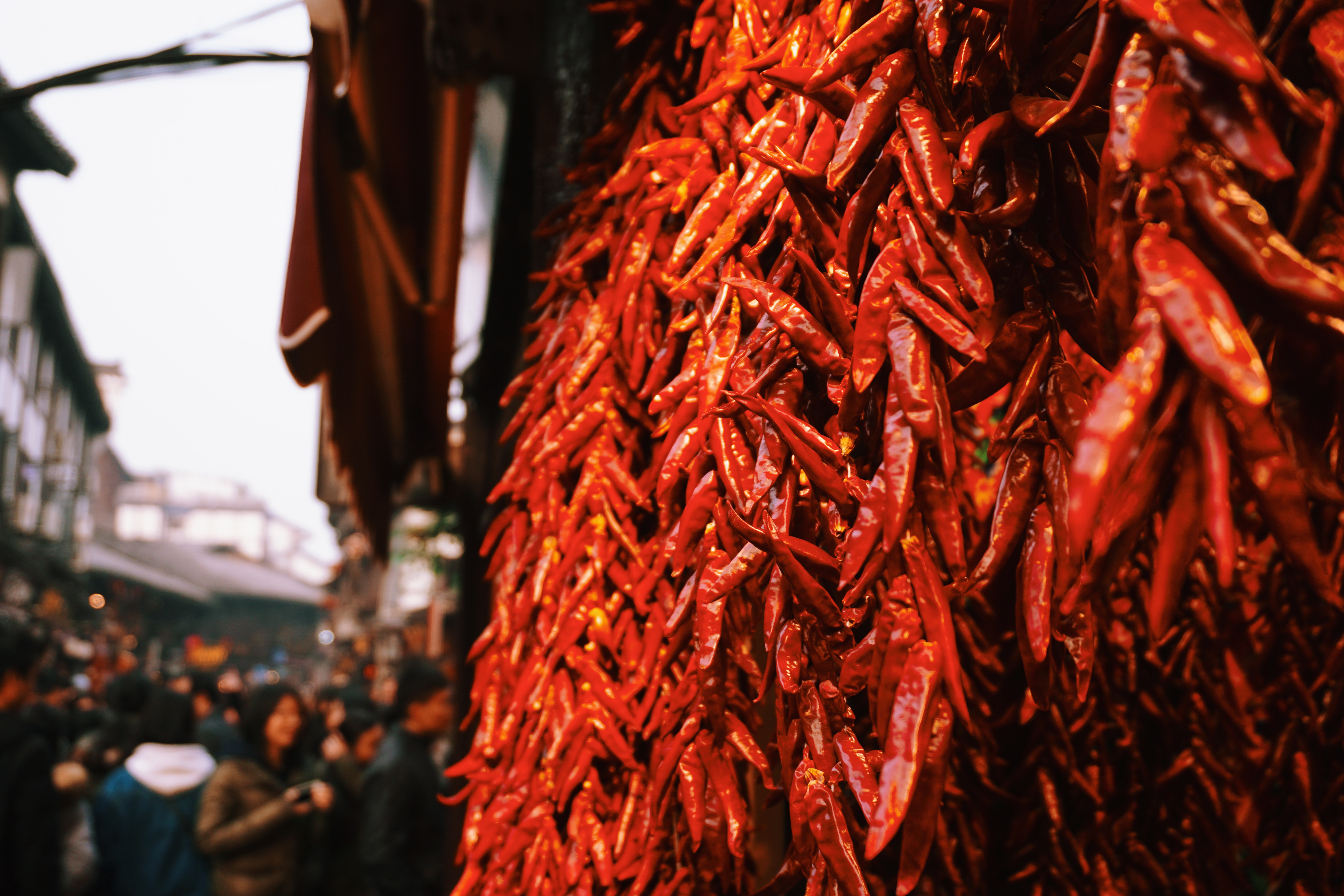Real Mexican food can seem intimidating to people. The assumption is that all Mexican food is spicy and difficult to eat. Yes, spice is definitely an aspect of a lot of Mexican food but it is not the only aspect. There are a lot of Mexican dishes that are mild in terms of spice but bold in flavour.
As Mexican is one of my top three favourite cuisines I thought it was about time I introduce you to the real the thing. So today, we are…
Getting To Know Mexican Food
Mexico is the 13th largest Country in the world and the 11th most densely populated. All that is to say that Mexico is a big place with diverse regions and people. To understand all of the intricacies of their cuisine would take a life time if not longer. And so today, I am sharing with you a small piece of what Mexican cuisine is based on my experience with it, love for it, and research in to it.
Influence
As well as being a large country Mexico is very old. The area of Mexico has been populated for a very, very long time. Their food traditions date back over 9000 years to the point when the Maya and other ingenious groups developed agriculture and farming.
Mexico is the native home to some of the worlds most important foods like corn and beans. On top of that tomatoes, chili peppers, amaranth, squash, avocados, turkey, chocolate, vanilla, agave, and sweet potato all originally come from Mexico as well.
Over the 9000 years or so that Mexican cuisine has been maturing it has been affected by the influence of many Meso-American groups. All of these groups have brought something different to the table whether it was a new ingredient or a new technique.
In the 16th century when Cortés and the conquistadors arrived in Mexico they brought with them beef, pork, chicken, dairy and rice. These ingredients were adopted by the population and adapted to the ancient recipes.
Even in more recent history an influx of Lebanese immigrants in the 1930’s led to the creation of one of the most recognized and beloved modern Mexican dishes; Tacos El Pastor. El Pastor is spiced pork layered and cooked on a vertical spit and then sliced thinly and served on tortillas.
Flavours Of Mexico
The flavours of Mexican food can range from bright and vibrant, to deep and intense. The majority of the these flavours come from sauces. Whether meat is cooked in a sauce as a slow braise like a môle, or sauce is added after the dish is cooked like a salsa, there is always sauce.
Chili peppers do play a large part in Mexican cuisine. Probably only second to corn. Chili peppers can be used fresh, dried, smoked, or pickled. And though it’s true that chilies add heat to Mexican food it is more important to note that they add incredible flavours. That really is the key to all of this.
The unique flavours of Mexican food are unparalleled. The use of acidity from citrus, tomatoes and tomatillos (Mexican Husk Tomatoes), balanced with the heat of chilies, and the depth from the variety of spices used creates complex combinations that leave the palate both excited and curious.
The only other cuisine that I think comes close to the depth and complexity of Mexican is Indian food. The two cuisines have a lot of common and have indirectly influenced each other since the arrival in Mexico of the Spanish in the 16th century.
Corn
Without a doubt, corn is and always has been the most important part of the Mexican food. Whether it is used as a tortilla, in a soup, or fermented into a drink corn is every where.
What I find very interesting is that corn is actually very hard for humans to digest. Despite this Mexicans have been basically surviving off of it for thousands of years. The reason why is amazing. When corn is cooked in a alkaline solution it is broken down in a way that makes digestion easier and allows us to pull more nutrients out of it.
Thousand and thousands of years ago it was figured out that if the corn was cooked in water mixed with wood ash it was much better for you. Incredible!
This corn cooked in an alkaline solution is still used today. In fact it is what tortillas are made of and lots, and lots of other things. You may have heard of it refereed to as masa. Masa, is corn cooked in an alkaline solution, ground, and then dried. To make tortillas all you need is to add water to masa, knead it, form it, and cook it.
Conclusion
There is so much more to Mexican cuisine that I simply don’t have time to cover or don’t in fact know myself. It is a complex cuisine developed over almost 10000 years. To define it a single blog post is impossible.
I do hope that this led you to a slightly better understanding of Mexican food or at the very least has piqued your interest. I highly recommend trying authentic Mexican food whenever you have the chance.
If you don’t have access to authentic Mexican, go to the library, get some books on Mexican food and make it! You will not regret it, and you will be blown away by the new flavours.

0 Comments
Trackbacks/Pingbacks